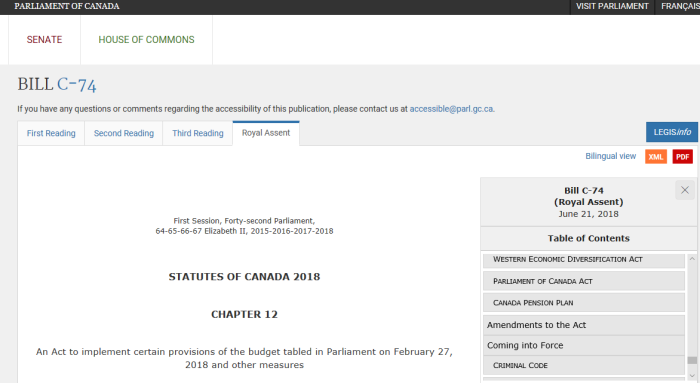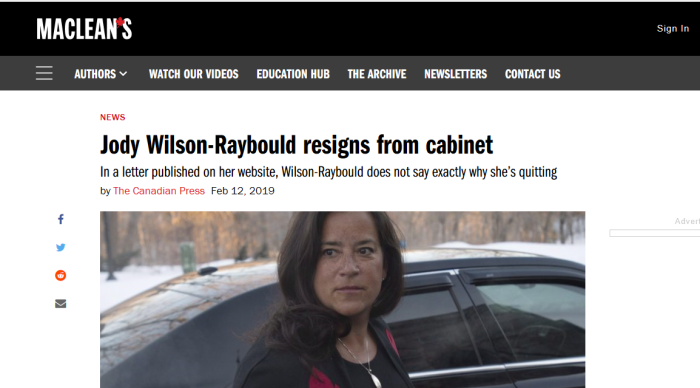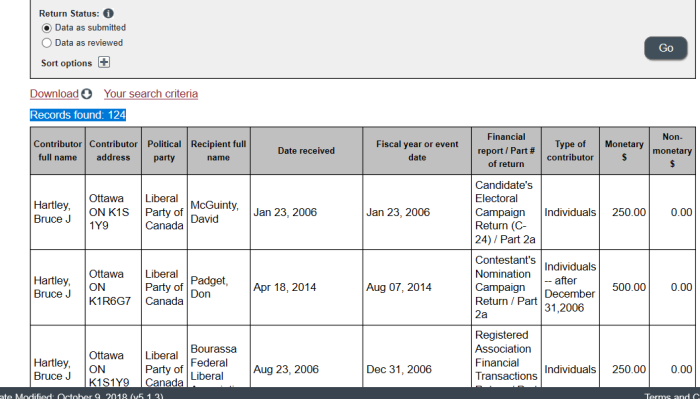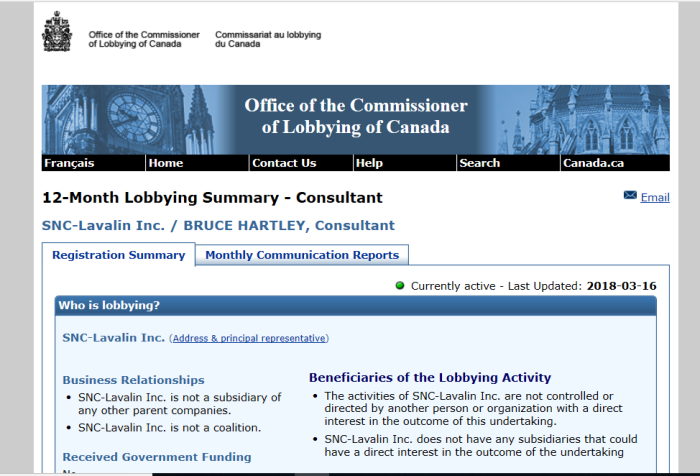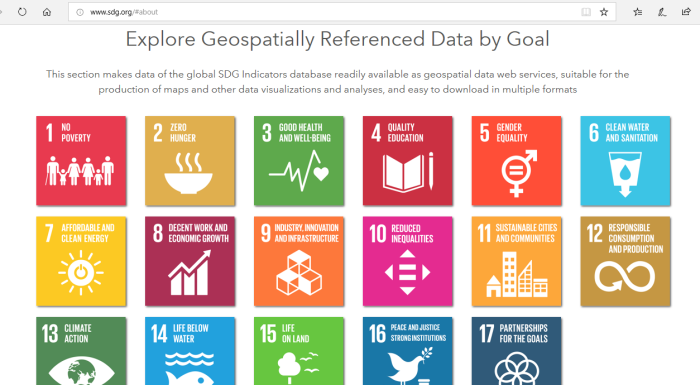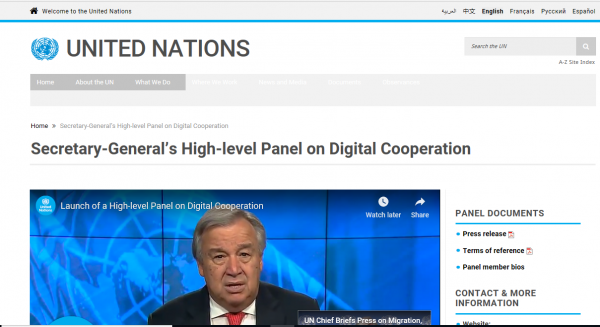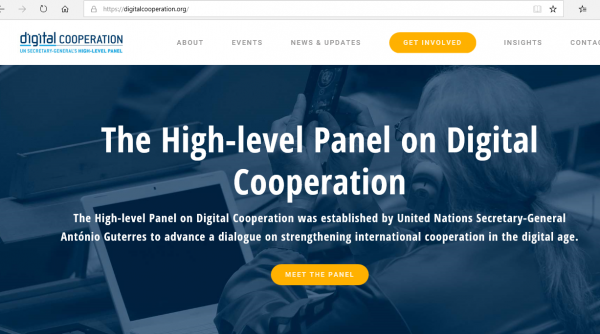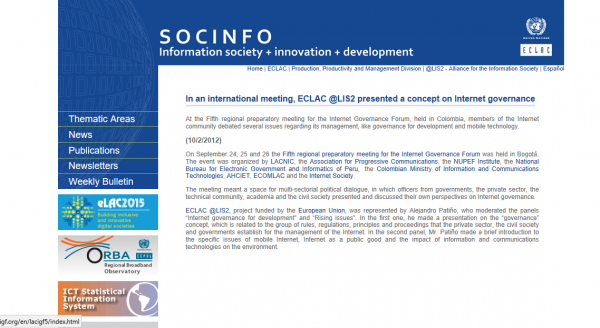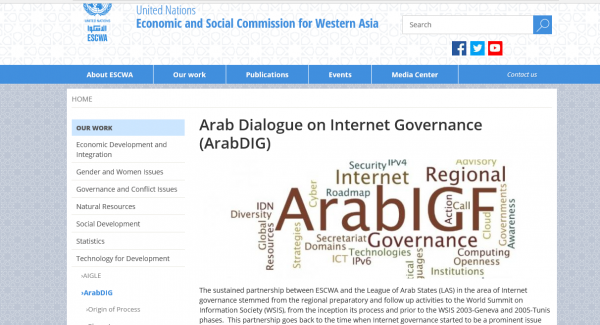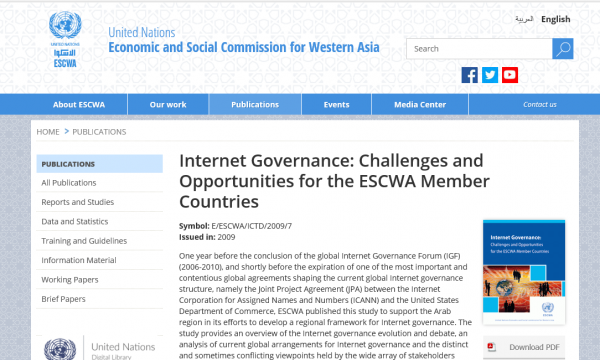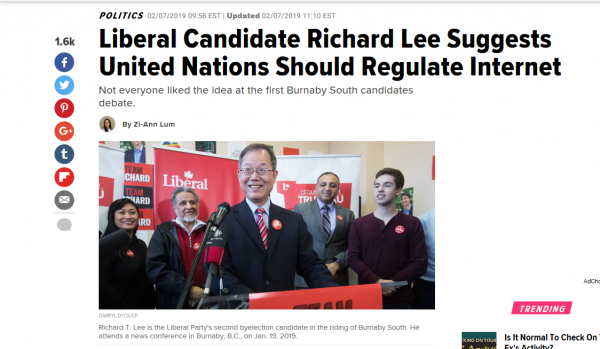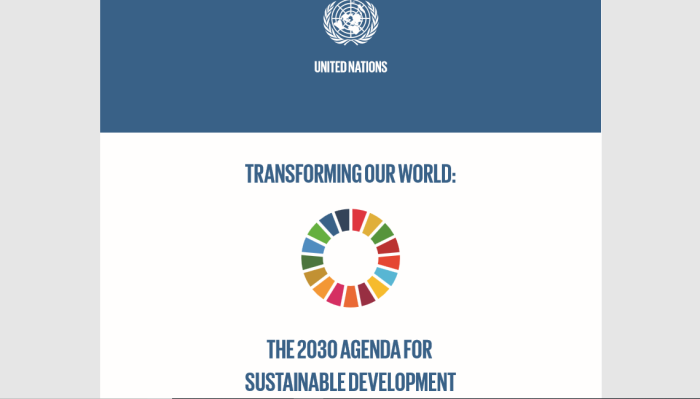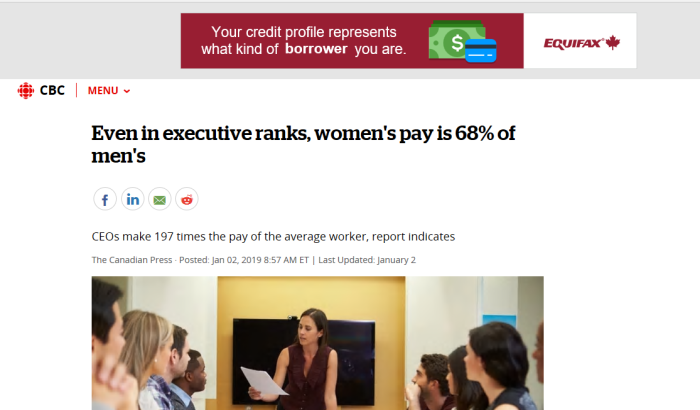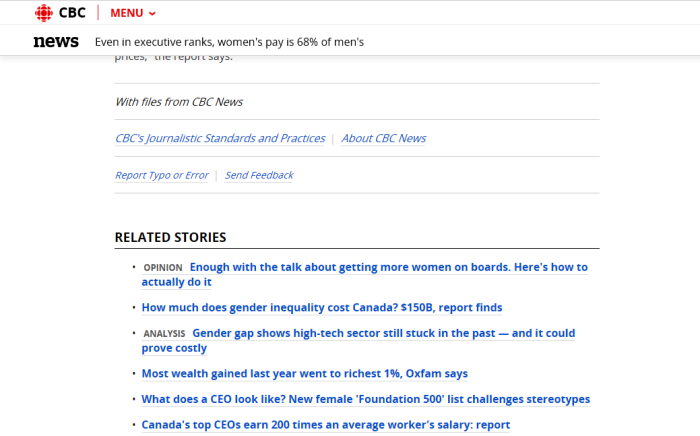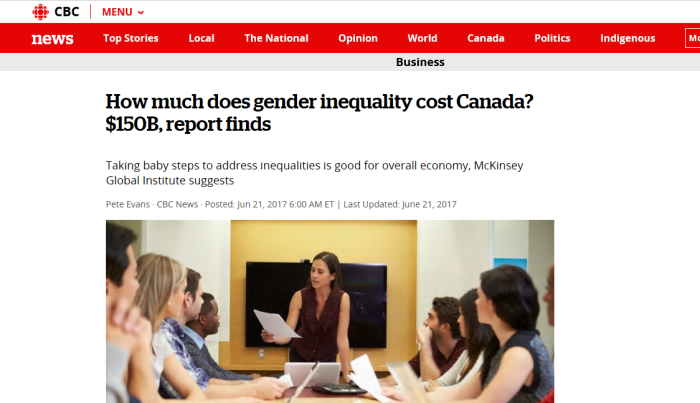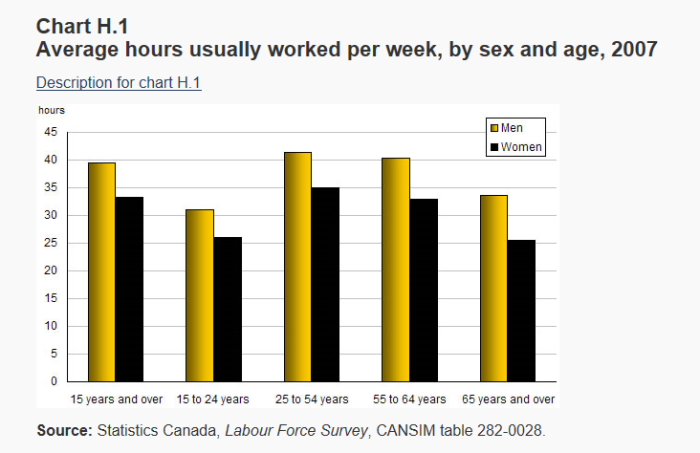
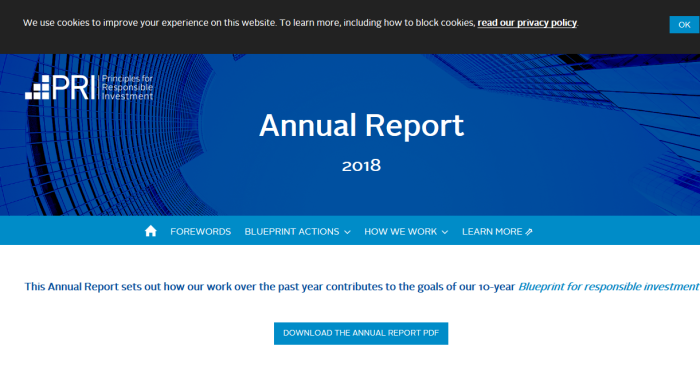

(1) https://www.unpri.org/
(2) http://archive.is/8Iyl
(3) http://archive.is/WcmOi
(4) https://www.unpri.org/pri/about-the-pri
(5) https://www.unpri.org/download?ac=5981
(6) https://www.unpri.org/annual-report-2018
(7) https://www.unpri.org/signatories/signatory-directory
(8) https://twitter.com/PRI_News
(9) https://www.unpri.org/credit-ratings/statement-on-esg-in-credit-ratings/77.article
What is UN Principles for Responsible Investment?
What is the PRI?
.
The PRI is the world’s leading proponent of responsible investment.
.
It works to understand the investment implications of environmental, social and governance (ESG) factors and to support its international network of investor signatories in incorporating these factors into their investment and ownership decisions. The PRI acts in the long-term interests of its signatories, of the financial markets and economies in which they operate and ultimately of the environment and society as a whole.
.
The PRI is truly independent. It encourages investors to use responsible investment to enhance returns and better manage risks, but does not operate for its own profit; it engages with global policymakers but is not associated with any government; it is supported by, but not part of, the United Nations.
Environmental, Social Governance
6 Principles of Investing
Principle 1: We will incorporate ESG issues into investment analysis and decision-making processes.
Principle 2: We will be active owners and incorporate ESG issues into our ownership policies and practices.
Principle 3: We will seek appropriate disclosure on ESG issues by the entities in which we invest.
Principle 4: We will promote acceptance and implementation of the Principles within the investment industry.
Principle 5: We will work together to enhance our effectiveness in implementing the Principles.
Principle 6: We will each report on our activities and progress towards implementing the Principles.
1/ Social justice to be incorporated into decision making
2/ Social justice to be incorporated into ownership
3/ Social justice to be considered when making investment decisions
4/ Social justice to be actively promoted
5/ Social justice to be group effort
6/ Effects of social justice to be reported
ENVIRONMENTAL ISSUES
-Climate change
-Water
-Sustainable land use
-Fracking
-Methane
-Plastics
SOCIAL ISSUES
-Human rights and labour standards
-Employee relations
-Conflict zones
GOVERNANCE ISSUES
-Tax avoidance
-Executive pay
-Corruption
-Director nominations
-Cyber security
United Nations Principles for Responsible Investment (UN PRI) is a marriage of sorts between the financial sector and the SJW/NPC groups in the world.
Here’s possibly the worst part:
Credit Ratings Initiative
.
The ESG in credit ratings initiative aims to enhance the transparent and systematic integration of ESG factors in credit risk analysis. The PRI is facilitating a dialogue between credit rating agencies (CRAs) and investors to cultivate a common language, discuss ESG risks to creditworthiness and bridge investor-CRA disconnects.
.
The initiative kicked off with the launch of the Statement on ESG in credit ratings, still open to sign and so far supported by 149 investors with $29.6 trillion of AUM, and 18 CRAs. There are three reports planned as part of the initiative and roundtables that the PRI is organising around the world for credit practitioners.
.
See below the work we have done so far, and contact us if you have any questions.
That is what it appears to be. Credit ratings and creditworthiness are to be based at least in part on a person or party’s commitment to the ESG agenda. Here are the signatories:
CREDIT RATING AGENCY SIGNATORIES
Axesor Rating
Liberum Ratings
Beyond Ratings
Microfinanza Rating
China Chengxin International Credit Rating Co., Ltd
Moody’s Corporation
Dagong Global Credit Ratings Group
RAM Ratings.
Fedafin AG
Rating-Agentur Expert RA GmbH
Fitch Group, Inc
Rating and Investment Information, Inc
Golden Credit Rating International Co., Ltd..
Scope Ratings
Japan Credit Rating Agency
Spread Ratings
JCR Eurasia Rating
S&P Global Ratings
Not only are credit rating agencies on board with this, but so are dozens of major investors. Here is the list provided by UN PRI.
INVESTOR SIGNATORIES
Aberdeen Standard Investments
ACTIAM
Addenda Capital Inc.
AEGON Asset Management
Alberta Investment Management Corporation
Alliance Bernstein
Allianz Global Investors
Challenger Limited
IVM Caring Capital
PGGM Investments
Christian Brothers Investment Services, Inc.
Janus Henderson Investors
PIMCO
Church of Sweden
Jarislowsky, Fraser Limited
PineBridge Investments
CIBC Asset Management Inc.
Kempen Capital Management NV
Principal Global Investors
Colchester Global Investors Limited
KfW Bankengruppe
Prudential Portfolio Managers (South Africa)
Colonial First State Global Asset Management (including First State Investments)
KLP
Public Investment Corporation (PIC)
Commonfund
La Française Group
Public Sector Pension Investment Board
Allianz SE
Compass Group
Länsförsäkringar AB
QBE Insurance Group Limited
AlphaFixe Capital Inc.
Connor, Clark & Lunn Investment Management Ltd.
Legal & General Investment Management (Holdings)
QIC
AMP Capital Investors
DDJ Capital Management, LLC
Leith Wheeler Investment Counsel Ltd.
RBC Global Asset Management
APG Asset Management
Delta Alternative Management
Local Government Superannuation Scheme
Régime de Retraite de l’Université de Montréal
Ardea Investment Management
Domini Impact Investments
LocalTapiola Asset Management Ltd
RobecoSAM AG
ASR Nederland N.V.
EGAMO
Lombard Odier
Royal London Asset Management
Australian Ethical Investment Ltd.
Element Investment Managers
Longfellow Investment Management Co., LLC
Sanlam Investment Management (SIM)
AustralianSuper
ERAFP – Etablissement de Retraite Additionnelle de la Fonction Publique Pension Scheme
M&G Investments
Sarasin & Partners LLP
Aviva Investors
Erste Asset Management GmbH
Maple-Brown Abbott Limited
Saturna Capital
AXA Group
ESG Portfolio Management
Mariner Investment Group, LLC.
Schroders
AXA Investment Managers
Federal Finance
MFS Investment Management
Skandinaviska Enskilda Banken (SEB) AB
Bank J. Safra Sarasin Ltd
Fidelity International
Mirova
SKY Harbor Capital Management
Barings LLC
Fiera Capital Corporation
MN
Sparinvest S.A.
Bâtirente
First State Superannuation Scheme
Mondrian Investment Partners Limited
Stone Harbor Investment Partners LP
BlueBay Asset Management LLP
Fonds de réserve pour les retraites – FRR
Moneda Asset Management
Svenska Handelsbanken AB (Publ)
BMO Global Asset Management
Franklin Templeton Investments
Montrusco Bolton Investments Inc. (MBII)
T&D Asset Management Co., Ltd.
BNP Paribas Asset Management
Futuregrowth Asset Management
Neuberger Berman Group LLC
Tareno AG
Brandywine Global Investment Management, LLC
Galliard Capital Management, Inc.
Nikko Asset Management Co. Ltd.
TD Asset Management (TD Asset Management Inc.)
Breckinridge Capital Advisors
Generation Investment Management LLP
NN Investment Partners
Tokio Marine Asset Management Co., Ltd. Japan
British Columbia Investment Management Corporation
Geroa Pentsioak EPSV
Nomura Asset Management Co., Ltd.
TPT Retirement Solutions
British Columbia Municipal Pension Plan
Global Evolution
Norwegian Government Pension Fund Norway (Norwegian Ministry of Finance and Folketrygdfondet)
Treehouse Investments, LLC
Brown Advisory
Goldman Sachs Asset Management (GSAM)
OFI Asset Management
Triodos Investment Management B.V.
BT Pension Scheme
Gramercy Funds Management
Ohman
UBS Asset Management
Caisse de dépôt et placement du Québec
Hermes Investment Management
Ontario Teachers’ Pension Plan
Union Asset Management Holding AG
Caja Ingenieros Gestión SGIIC, SAU
HESTA Super Fund
OP Wealth Management (OP Asset Management Ltd, OP Fund Management Ltd and OP Property Management Ltd)
Union Bancaire Privée, UBP SA
California Public Employees’ Retirement System CalPERS
HSBC Global Asset Management
Ostrum Asset Management
University of Toronto Asset Management Corporation (re University of Toronto Endowment)
Calvert Research and Management
IFM Investors
Partners Group AG
Vancity Investment Management
Candriam Investors Group
Income Research & Management
Payden & Rygel
Victorian Funds Management Corporation
CCOO, FP
Insight Investment
Pegaso – Fondo pensione complementare
Wellington Management Company LLP
CDC – Caisse des dépôts et consignations
Investec Asset Management
Pension Protection Fund
Wespath Investment Management (General Board of Pension and Health Benefits of the United Methodist Church)
This is pretty messed up. Major credit ratings agencies and major investors committed to the same globalist and social justice agendas that comprise the UN. Sound financial decisions will take a backseat to these SJW causes.
Also, this seems eerily like China’s “Social Credit” system, where a person’s livelihood is impacted by irrelevant details. Will finance, business and trade be limited by one’s “social credit”?
Guess we will see.

